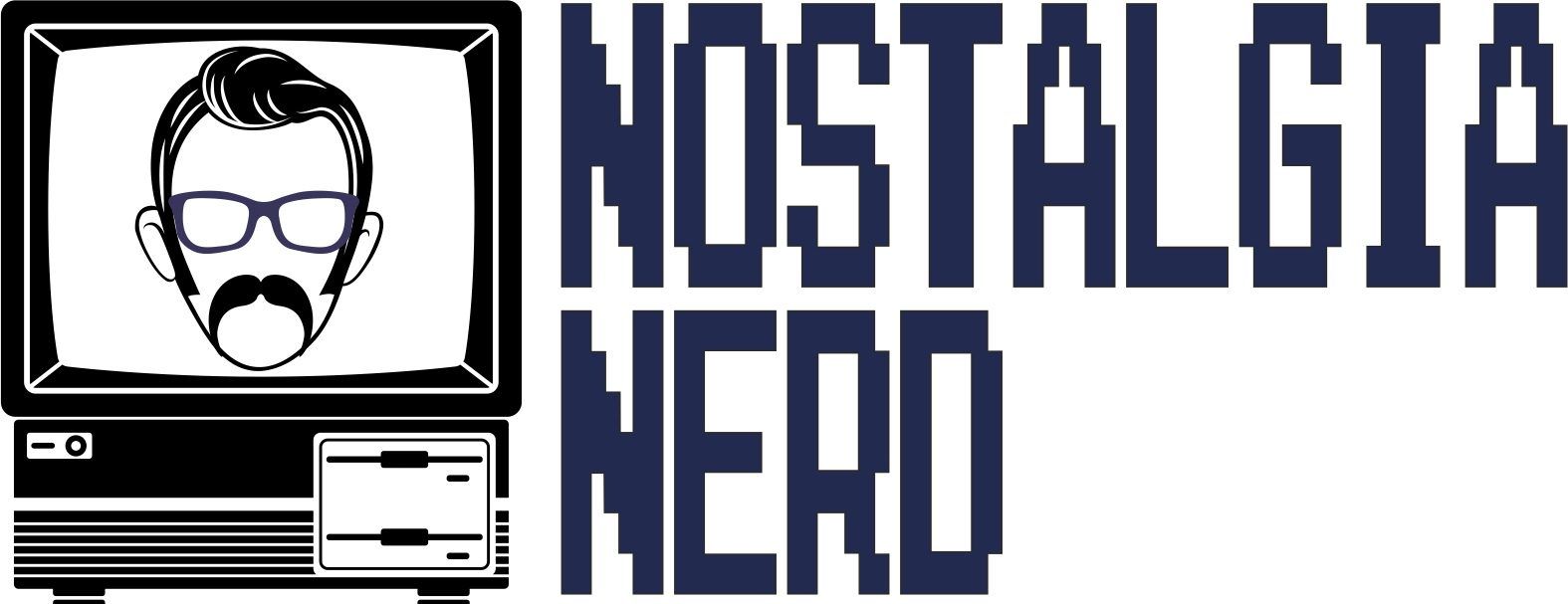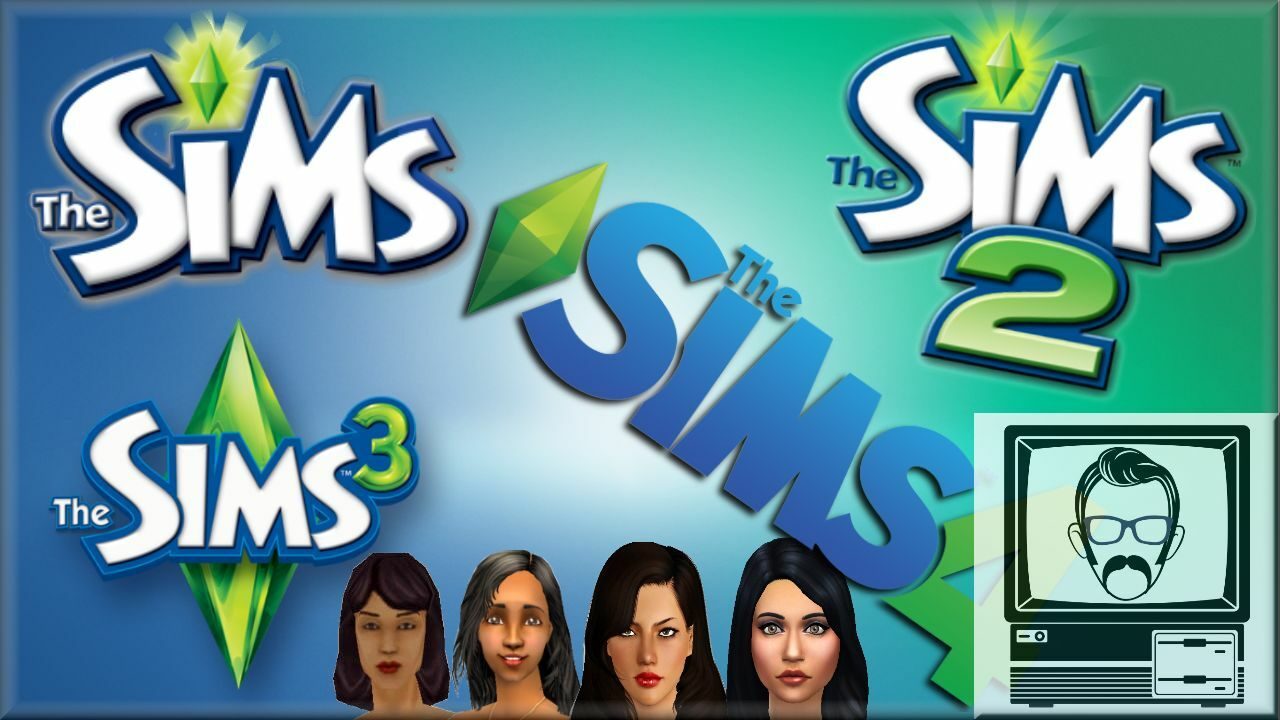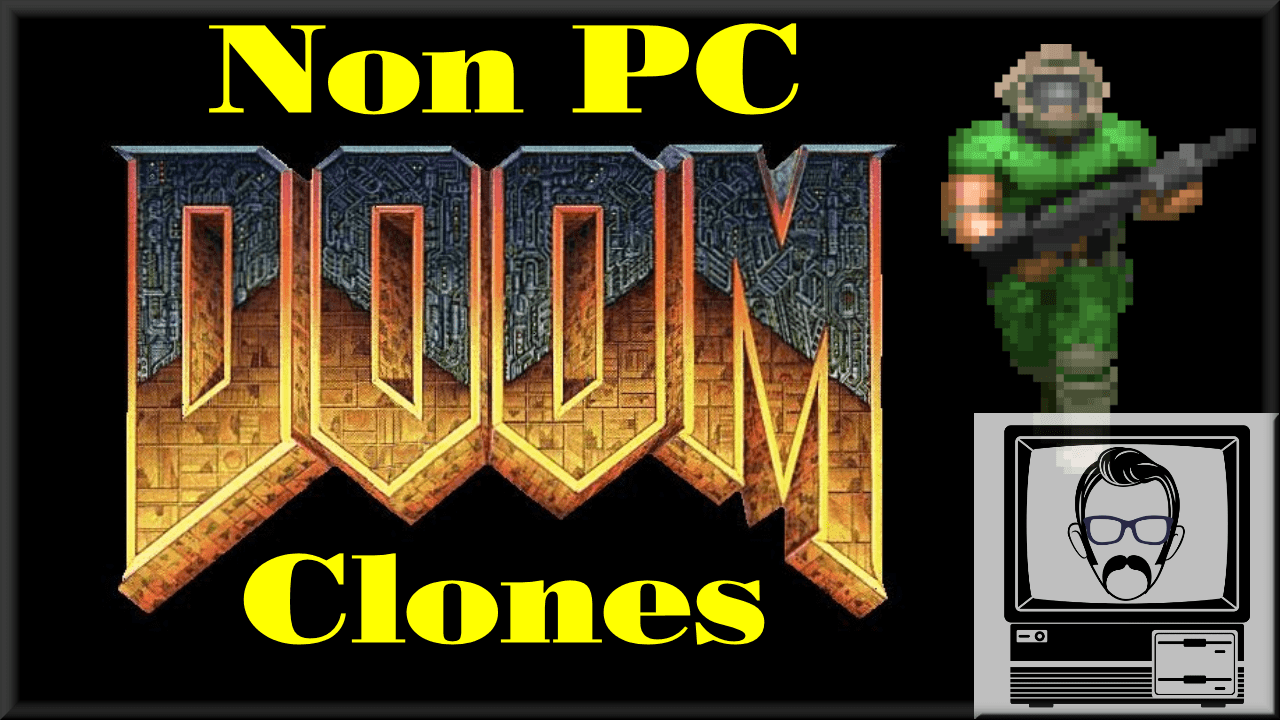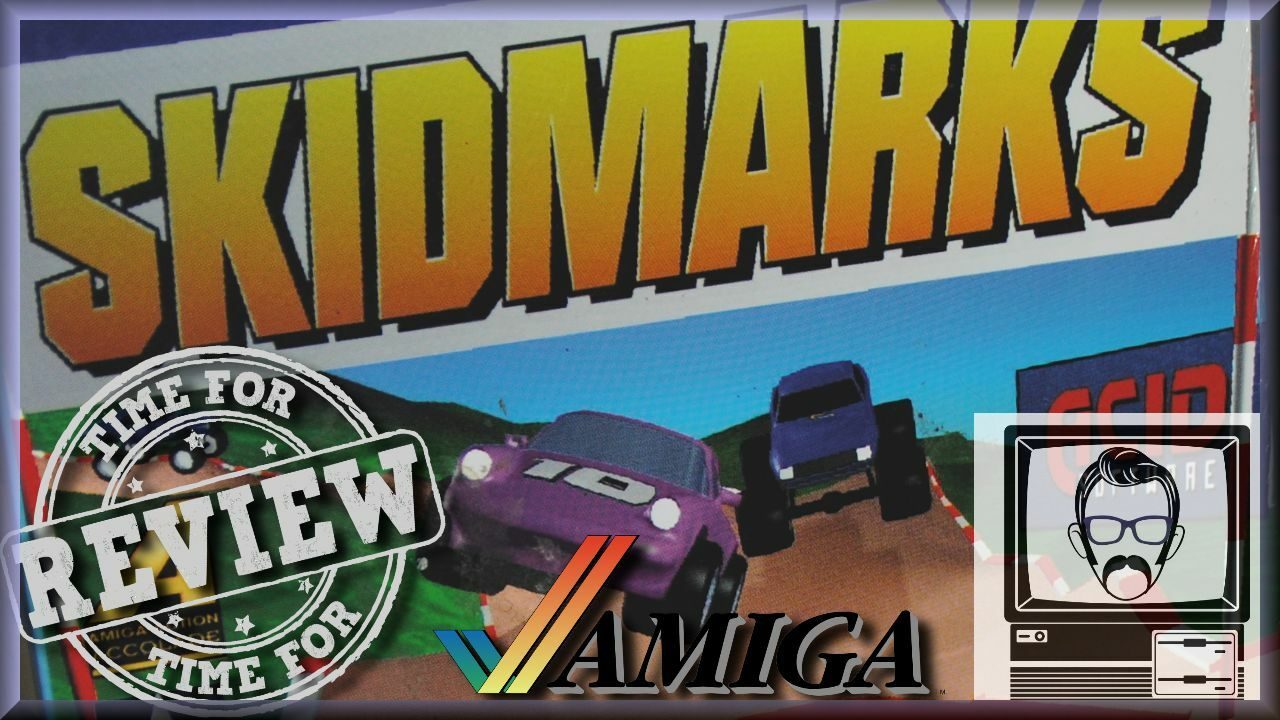 PD Software… PD Software? What exactly is PD Software?
PD Software… PD Software? What exactly is PD Software?
“PD Software is the administration software used by your local Police Department. This includes database software, reception desk interfaces and identi-fit programs….”
No, of course it’s bloody not. PD Software, as I’m sure you know, stands for Public Domain Software. It was pretty prolific in the 80s and early 90s, offering utilities, demos, games, office software and a whole lot more. Indeed was the source of a lot of my software collection. It was cheap, it was cheerful and best of all it was in abundance.
So… What is it?
The actual meaning of Public Domain Software is an entirely literal one. In the sense that it’s any software that has been placed into the hands of public ownership – a bit like nationalisation, but without the self serving, weasely government to overlook it. PD Software has no copyright and no trademarking, meaning that there’s no real restrictions with what you can do with the software (even though ironically, a lot of PD disks contained images and content which were copyrighted and ripped from elsewhere). So you were able to mod, copy, destroy or re-purpose the software until your heart’s content. However, it should be noted that under the Berne Convention “for the Protection of Literary and Artistic Work” (which was been in place since 1886, originating in Switzerland), author’s automatically retain exclusive copyright to anything they have written, so an author technically has to pro-actively disclaim their copyright for it to be fully “public”
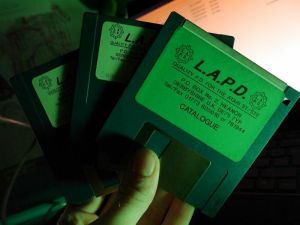
Where Did it Come From?
The growth of this type of software was typically from bedroom coders, hackers and general hobbyists who just wanted to get their name or their creativity out there. Much like I’m doing with this Youtube video – it was sharing your work with the wider audience, usually for the complete love of it. Like the internet now, where people put up their creative works for download or perusal, sharing your software with Public Domain houses for distribution or submitting it to magazines for their coverdisk content was the quickest and easiest way of reaching a wide audience.
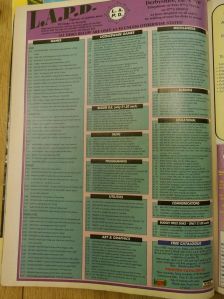
As the mid 90s drew nearer, PD software became more and more abundant. Popular magazines starting running exclusive PD sections of their magazines and the software became a show ground for the best hackers to show off their graphics and sound demos – this route led to many of these lads and ladies moving into the mainstream software industry, working for houses such as EA or Microprose.
PC or Not PC?

Initially the Freeware term was used in the 1980s, for programs released without source code. However, generally, freeware software is available for use at no monetary cost, BUT may have restrictions such as prohibited redistribution or limitations of use. Source code is usually protected from sharing or modification,as opposed to Public Domain Software. This use of the term “Freeware” was originally coined by Andrew Fluegelman when he wanted to sell his PC-Talk application in 1982. He didn’t appreciate the standard commercial distribution channels so used a free distribution approach, with the view that users could contribute if they felt obliged to. This moniker was shortly after named Shareware, and often used to distribute limited variations of software, or just software with the familiar “nag” message that asks users to contribute towards their software if they found it useful.
Public Domain software is now more commonly referred to as “Free Software”, with an extension being Open Source software where the source code is readily available and can usually be contributed to by other developers who wish to enhance it’s capabilities. An obvious example of this is the Mozilla Firebox browser. It should be noted that if the actual source code is in the public domain for distribution, it’s possible to become noncopylefted free software, which means that some copies or modified versions may no longer be free, and instead distributed under a different licence. A bit like, thanks for the code, I’ll slap my name on it, change the colours and sell it.
My PD Collection
Which brings us onto my personal collection of Public Domain Software. Which spans several formats and several years. My collection has eroded somewhat over the years, with the sale of various machines, but one collection which pretty much remained intact was my ST collection. Let’s take a look at this bizarre collection, amassed sometime between early and mid 1990s.

For some pieces of software the most pleasant part was the installation process, with the rest of the game resembling a barely playable school project, such as this top down racing game which defaults to two computer players on initial load, leaving you just to watch the action rather than participate. Once you actually change the configuration and get to play the game, you quickly understand the reason behind this.
Other software was just so bug ridden, or unfinished that it was barely playable. It’s clear that a lot of it was people testing out their programming skills, or just trying to make a quick buck from those who were crazy enough to get hold of full versions (if, indeed they actually existed).
Of course there were some absolute gems amongst the turds, but they’re the ones you’re most likely to have heard of. And it wasn’t all software, there were tonnes of Windows themes, sounds, images or configuration utilities, which you used at your own peril.
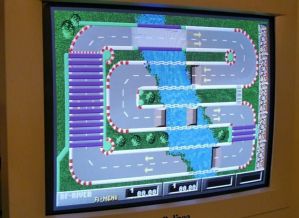
To see my ST collection, take a look at the associated Youtube Video.
….So, there we have it. A sample of my Atari ST PD collection. Apparently, I liked demonstrations. I think in a way I used to find it quite soothing having them playing in the background, but there was also an element of getting as much out of the system as possible. I knew it couldn’t do everything a PC could, but I damn well wanted to push it to it’s limits and see it with my own eyes… there was just something captivating about that, and PD software was a huge playground for that type of software and the starting point for many of the best developers today. So, after all that, it seems appropriate to leave you with my favourite Atari ST demonstration, depicting the advantages of the machine over it’s competitors. Thanks for watching this investigation into Public Domain software…. Goodnight!
Video
To see the PD software in action, take a look at the accompanying video for this article;

Nostalgia Nerd is also known by the name Peter Leigh. They routinely make YouTube videos and then publish the scripts to those videos here. You can follow Nostalgia Nerd using the social links below.
